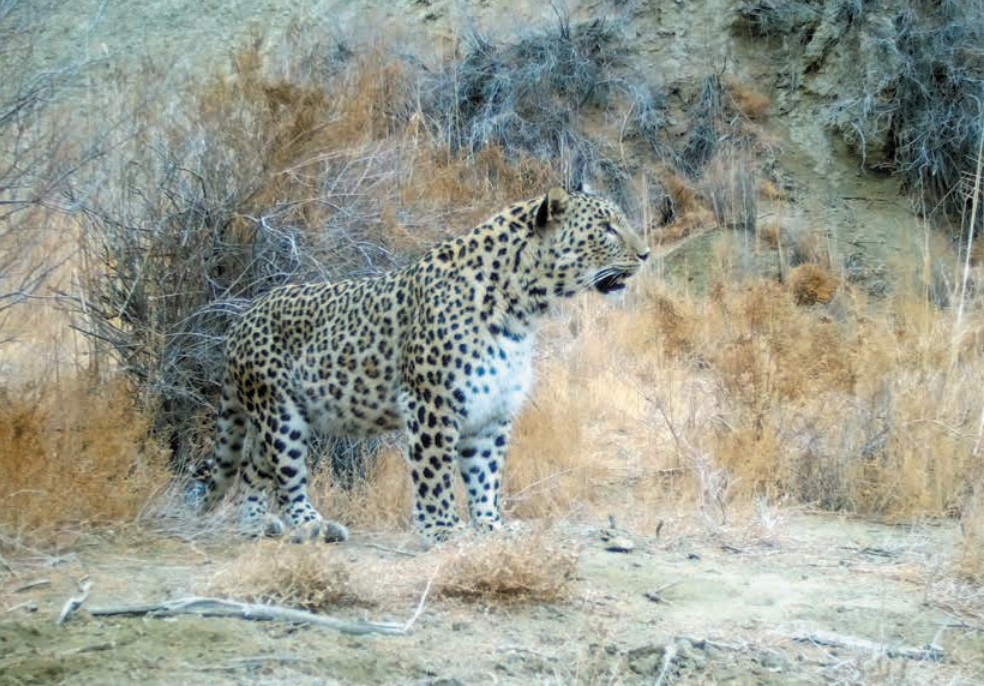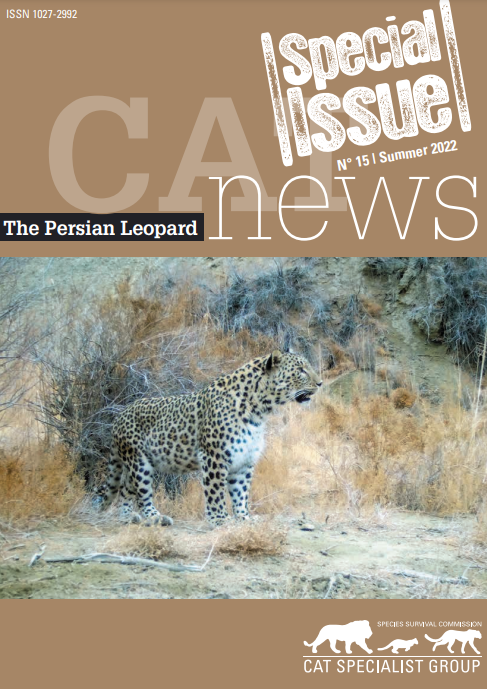
A recently released special issue of Cat News No. 15, 2022 was dedicated to the problem of preserving the Persian leopard in the world. Cat News ISSN 1027-2992 is the newsletter of the Cat Specialist Group, a sub-organization of the International Union for Conservation of Nature (IUCN) Species Survival Commission (SSC).
The special issue of Cat News includes 12 chapters that cover different issues of the conservation of the Persian leopard: a system of international cooperation across the entire range of the species initiated by the IUCN for the conservation of the Persian leopard; questions of biology, ecology and taxonomy of the subspecies; the results of modeling the modern area of the Near East; characterization of the status of the leopard in the territory of the Caucasian ecoregion, northern Iran and Central Asia, in the western and eastern parts of the range of the subspecies; the issues of predator-human conflict were also considered and an analysis of possible solutions was given; description of ecological corridors and transboundary territories, priority for the conservation of the subspecies; aspects of the system for effective monitoring of the leopard and its prey base were discussed; the
possibilities of the system of keeping predators in captivity for the restoration of populations are analyzed, the experience of Russia in restoring the subspecies in the northern part of the range - in the mountains of the Russian Caucasus through the reintroduction of individuals born and specially bred in captivity was given in this issue as well.

The special issue that has just been released most fully covers the current problems of the conservation of the Persian leopard in the world and sets the tasks that need to be solved in the near future.
Employees of IEE RAS took part in all discussions of chapters and the concept in preparing the issue, prepared a chapter on the implementation of the Program for the restoration of the leopard in the Caucasus (on the territory of the Russian Federation), and are also co-authors of chapters on monitoring and modeling of subspecies habitats.
The release can be found at this link.
